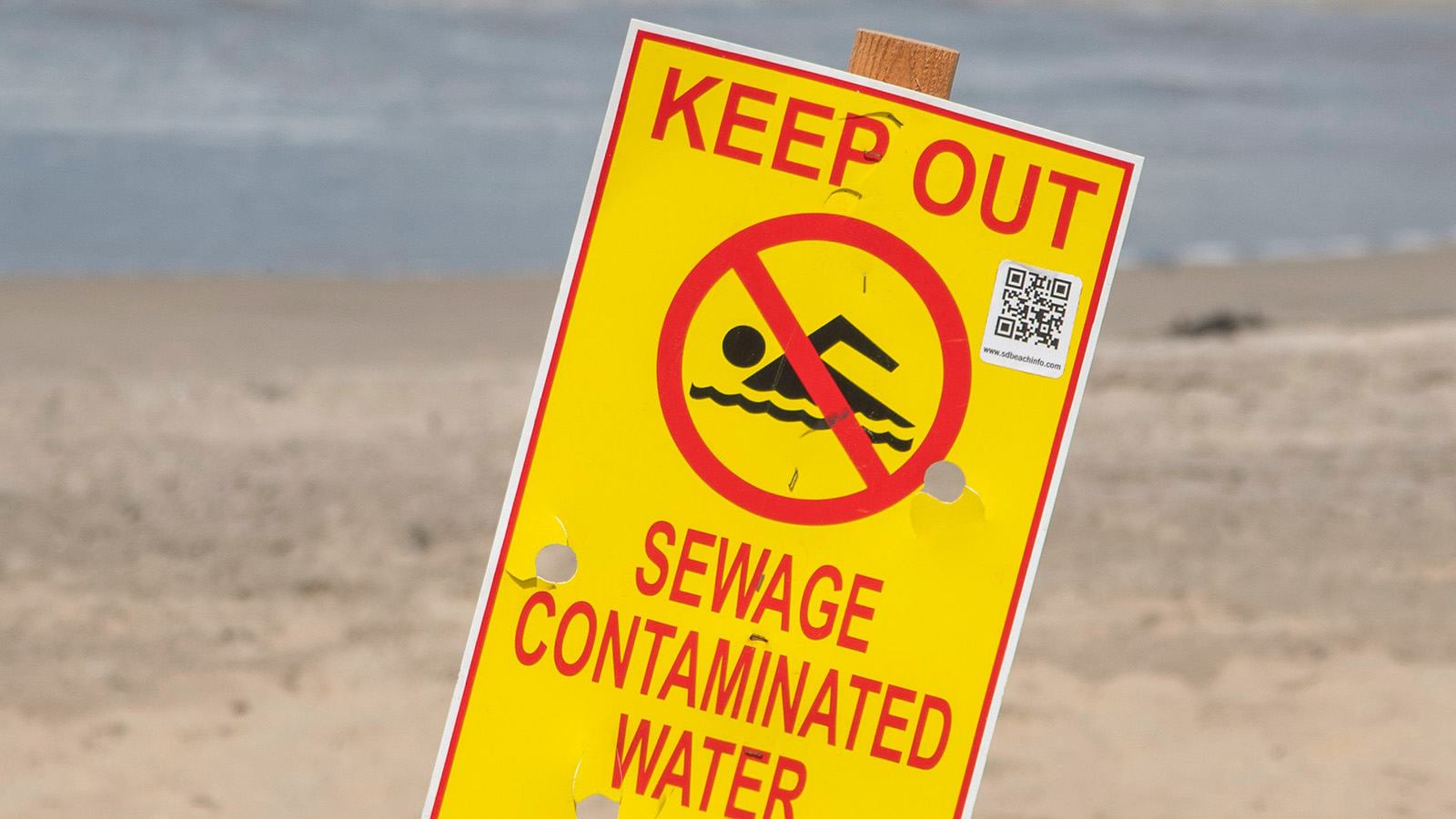
Safe for Swimming?
Water Quality at Our Beaches
The Clean Water Act, adopted in 1972 with overwhelming bi-partisan support, had the farsighted and righteous goal of making all our waterways safe for swimming. Yet 46 years later, all too often, Americans visiting their favorite beach are met by an advisory warning that the water is unsafe for swimming. Even worse, in recent years millions of Americans have been sickened by swimming in contaminated water.
Downloads
Environment Maine Research & Policy Center

The Clean Water Act, adopted in 1972 with overwhelming bi-partisan support, had the farsighted and righteous goal of making all our waterways safe for swimming. Yet 46 years later, Americans visiting their favorite beaches are all too often met by an advisory warning that the water is unsafe for swimming. Even worse, in recent years millions of Americans have been sickened by swimming in contaminated water.
An analysis of bacteria sampling data from beaches in 29 coastal and Great Lakes states, and Puerto Rico reveals that 2,580 beach sites — more than half of all sites tested — were potentially unsafe for swimming on at least one day in 2018, and 546 sites were potentially unsafe at least 25 percent of the days that sampling took place. Sites were considered potentially unsafe if bacteria levels exceeded the U.S. Environmental Protection Agency’s most protective “Beach Action Value” threshold, the level at which the agency estimates 32 out of 1,000 swimmers will get sick from swimming in these waters.
Key findings
Fecal contamination makes beaches unsafe for swimming.
- Human contact with the contaminated water, indicated by bacteria testing, can result in gastrointestinal illness as well as respiratory disease, ear and eye infections, and skin rash.
- Each year in the U.S., swimmers suffer from an estimated 57 million cases of recreational waterborne illness.
- Primary sources of fecal contamination include urban runoff, sewage leaks and overflows, and industrial-scale livestock operations.
More than half of the thousands of beach sites sampled for bacteria across the country were potentially unsafe for swimming on at least one day in 2018.
- In 2018, sampling data from 4,523 beach sites in 29 coastal and Great Lakes states, and Puerto Rico were submitted to the National Water Quality Monitoring Council.
- Tests at 2,580 sites indicated potentially unsafe levels of fecal contamination for swimming on at least one day, and 546 were potentially unsafe at least 25 percent of the days that sampling took place.
Our recommendations
To ensure that all of our beaches are safe for swimming, policymakers should work to protect beaches from runoff and sewage pollution. Solutions include:
- Dramatically increasing funding to fix sewage systems and prevent runoff pollution through natural and green infrastructure, including rain barrels, permeable pavement and green roofs.
- Protecting and restoring natural infrastructure, including riparian areas and wetlands that can filter bacteria, sediment and nutrients.
- Strengthening enforcement of standards for municipal wastewater treatment.
- Enacting moratoria on new or expanded industrial-scale livestock operations, particularly in areas that threaten our beaches and other waterways.
- Using the EPA’s most protective “Beach Action Value” bacteria standard for making beach advisory decisions, and implementing same-day bacteria testing and warning systems.
Topics
Find Out More


Safe for Swimming?

The Threat of “Forever Chemicals”

